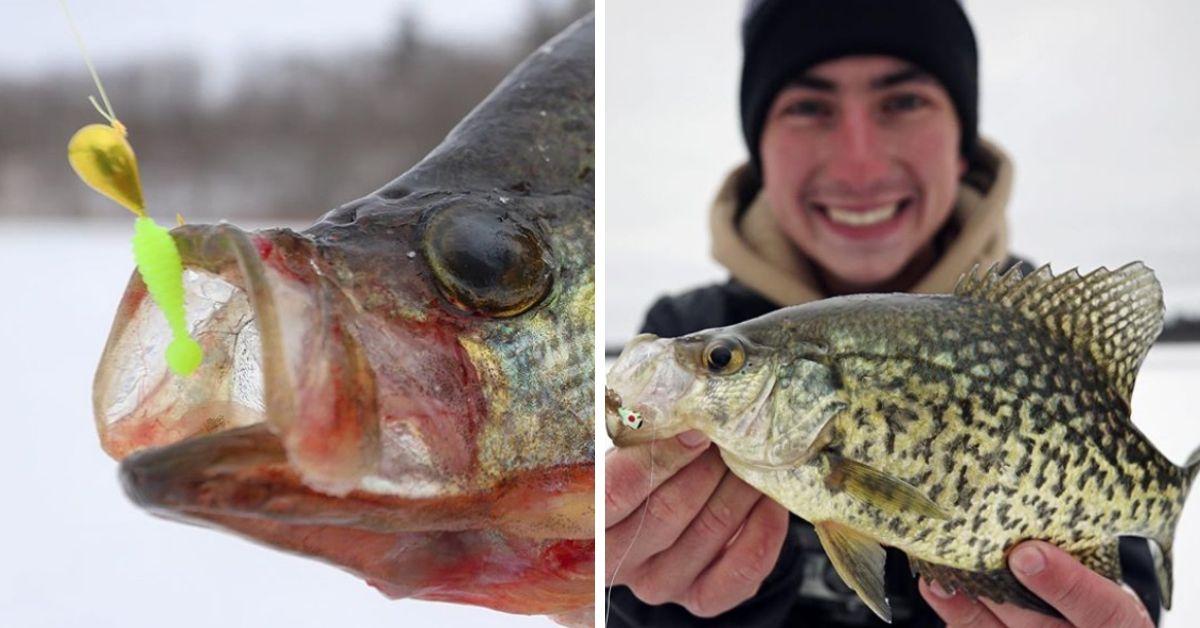Ice Fishing Hacks: Why You Need To Go DEEP For Big Basin Crappie!
What is a basin? A basin is a natural depression on the surface of the land, which typically holds water. So, any natural lake is considered a basin.
However, a lake's basin is the deepest part of the natural lake or pond, often centrally located. Basins can be in 15 feet, or they can be in 50 feet. It's all relative to the specific lake.
During the winter months, crappie push out to the deep basins in search of food and security. Natural lakes with the limited structure hold the most basin crappies, mainly because the basin is the only suitable home for crappie at this time.
Lakes with more deep-rooted weeds or amble structure tend to have a lower percentage of their crappie in their basin. This is because the crappies in these lakes have so many more places to hang out.
Location! Location! Location!
Find a map of the lake you plan on targeting and then venture out to its basin. Once there, start drilling holes in a grid pattern all around the basin area. The fish you will be targeting are always on the move, being able to hop from hole to hole will help you stay on top of a hot bite.
The more holes you drill, the better, but remember to take off a layer before all of that work. Otherwise, you'll overheat, which increases your chance of getting cold.
Basin crappie usually suspended from a few feet of the bottom to midway up the water column. While some fish relate to the bottom, chances are you'll see more quality fish suspending.
Taking Tungsten To Them
Knowing that basins are in deep water, having a fast falling lure is clutch. The denseness from a tungsten jig helps provide a rapid fall rate, helping me get down to the roaming fish quickly.
I pair my tungsten jigs with either soft plastics or euro larvae. While I prefer fishing with plastics, sometimes live bait outperforms the artificial stuff for me.
I bounce around from hole to hole using my fish finder to seek out fish. If I see something on my graph, I stop and fish that hole.
Once I see a mark, I quickly try to get my bait down to the target zone as quickly as I can. However, once I get about 5 feet above the fish, I start slowing the descent of my jig while adding in a few gentle twitches of the rod. This method helps me from spooking the fish as my jig lowers down more naturally.
Also, remember that crappie are known for their finicky bites, so fish with an ultralight noodle rod or with a spring bobber.
Updated September 28th, 2020 at 9:50 AM CT


